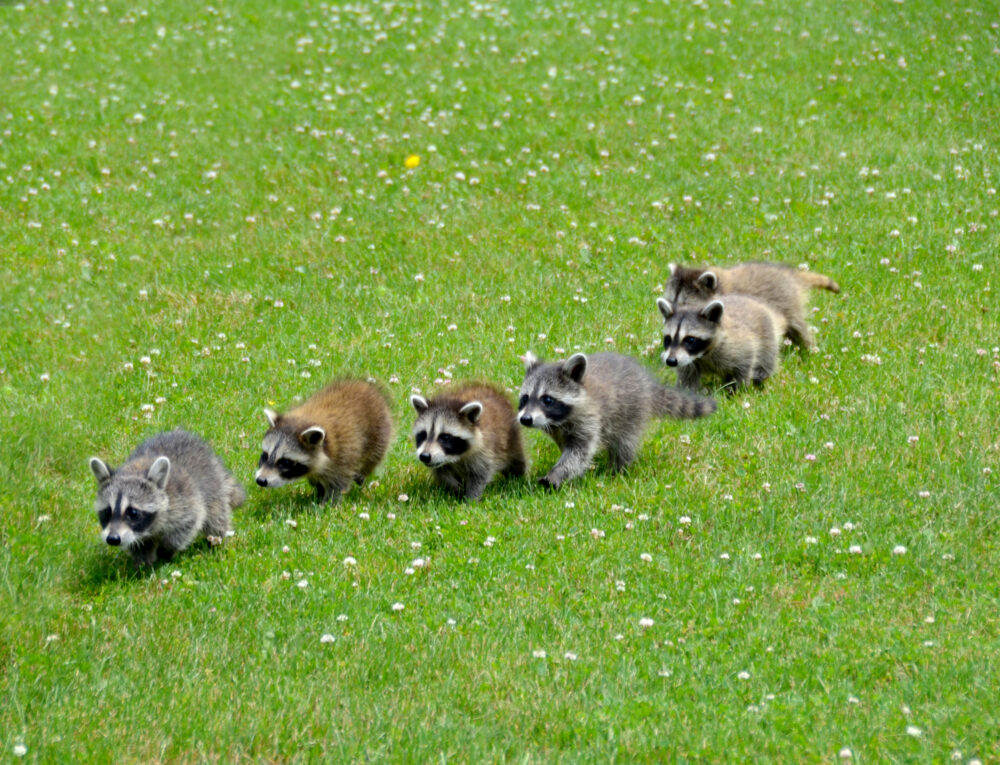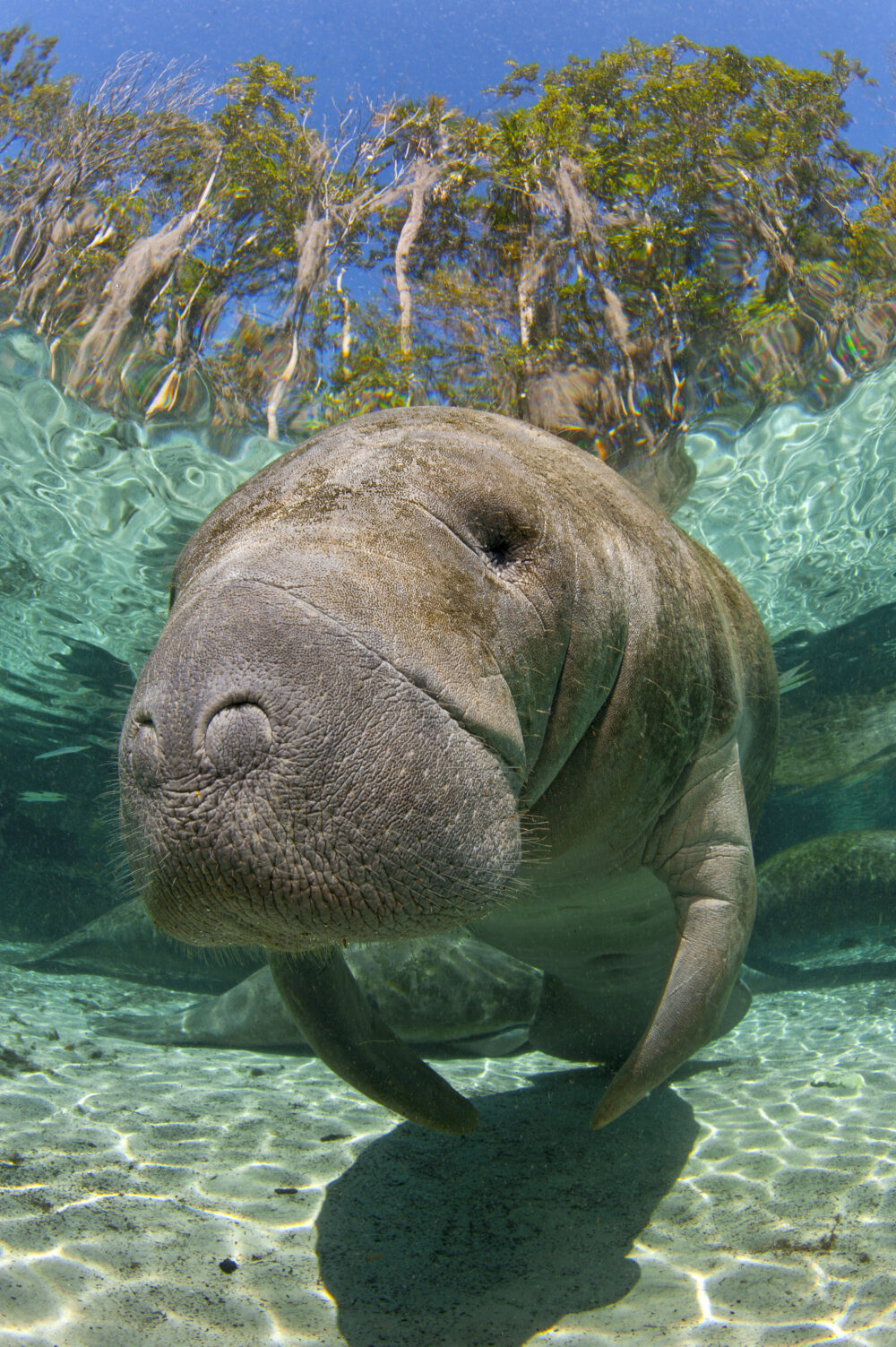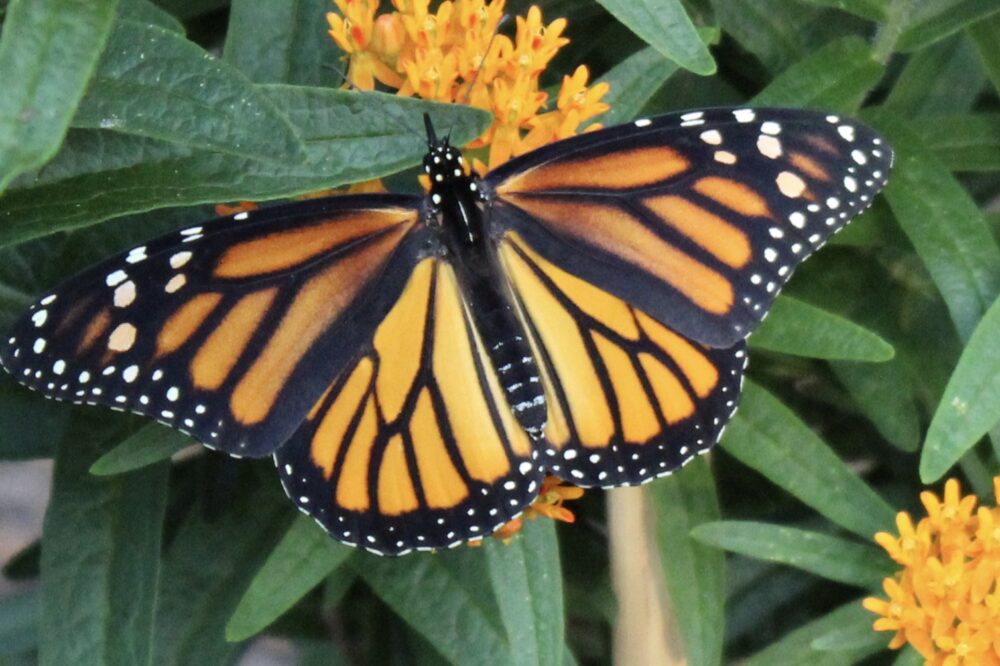We have much more to do and your continued support is needed now more than ever.
Bear Necessities: How to Stay Safe in Bear Country
September is Bear Aware Month! Do you have the bear facts? You’d be surprised how often people who venture out into bear-filled wilderness don’t.
Growing up in a suburban neighborhood in Southern California did not prepare me for coexisting with bears in Missoula, Montana. I moved to Missoula in 2020 to attend the University of Montana and didn’t fully grasp the term “bear country” until I rode my bike past a black bear on my way to class one morning. I completely froze up and fortunately, instinct kicked in to slowly pedal past the juvenile bear digging its nose in the fall foliage along a river trail connecting my apartment to the university. In honor of Montana Fish, Wildlife, and Parks declaring September as Bear Awareness Month, the following tips can make you feel more prepared than I was when entering Bear Country.
Bear Basics
American black bears and grizzly bears are two of the three species that call Northern America their home. You likely won’t come across the third species; a Polar bear. It’s important to know what species you’re interacting with because each species has slightly different behavior and response to humans. Contrary to popular belief, color and size are not the most reliable indicators of species! Both black bears and grizzly bears can come in various colors outside their stereotypical coats. Below are some cheat sheets on the key differences between them.
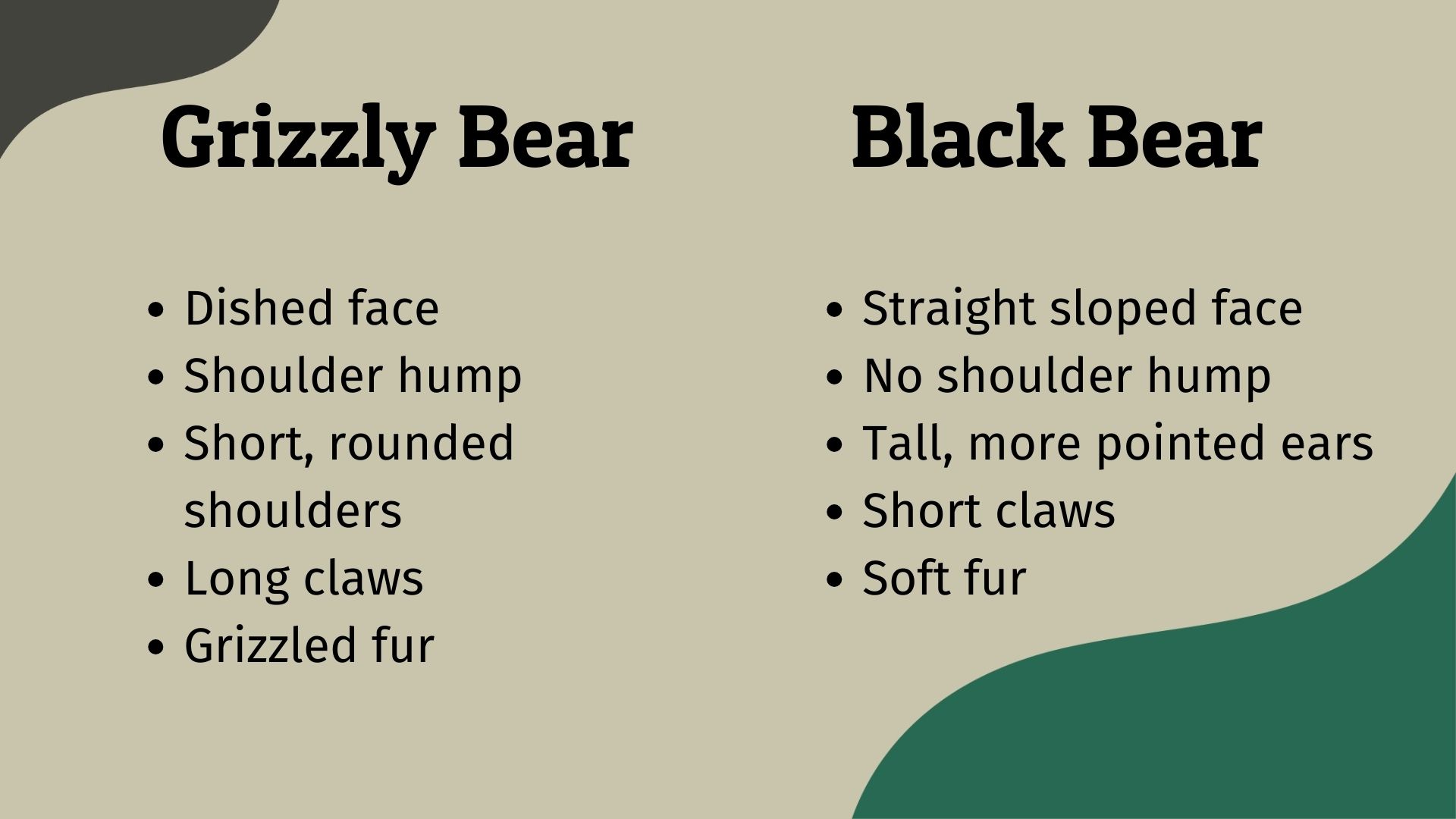
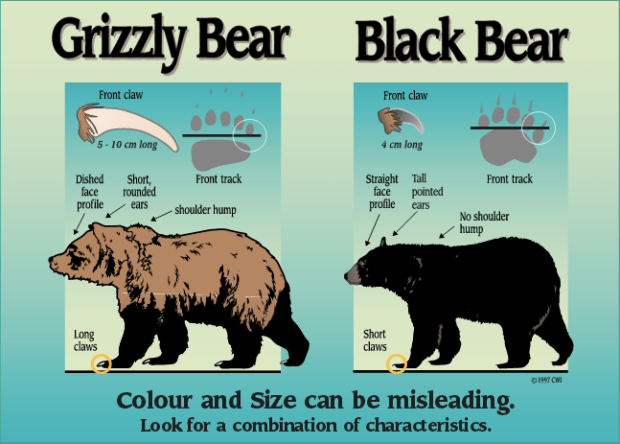
Bear Spray
Former University of Montana graduate student Carrie Hunt worked on creating the modern capsaicin bear spray in the mid-1980s. Most people use pepper spray and bear spray interchangeably, but bear spray’s active ingredient is much more potent and can be sprayed at a broader range.
Checkout the bear spray inspired by Hunt’s work.
There are a few key steps in deploying bear spray:
1. Remove the safety clip with the thumb
Virtually all bear spray canisters will have a safety clip of some sort. Holding the canister with one hand while using your thumb to pop it off is the most efficient way to remove it.
2. Hold the canister out straight in front of you and point slightly downward
People often make the mistake of overestimating how tall a bear is, the spray will not reach a bear if the canister is pointing up towards the sky.
3. Continuously spray in one spot
Spraying towards one point will increase the likelihood that the bear will step into the cloud. Spraying in a zig-zag pattern is not as effective.
Bear Safety
So now you know how to tell a black bear from a grizzly bear and how to use bear spray. Now what?
By nature, bears like to avoid people. The occasional juvenile might get curious and follow you around, but for the most part, if you’re loud and make your presence known, they’ll move on to a different spot. In the cases where you stumble across a mama bear with her cubs or a too curious fella, your bear spray is there to deter them. If you encounter an aggressive bear, here’s what you can do to maintain your safety:
- Talk calmly while taking the safety clip off of your bear spray
- Continuously spray until you see the bear turn around
- Slowly walk away while keeping the bear in your line of sight
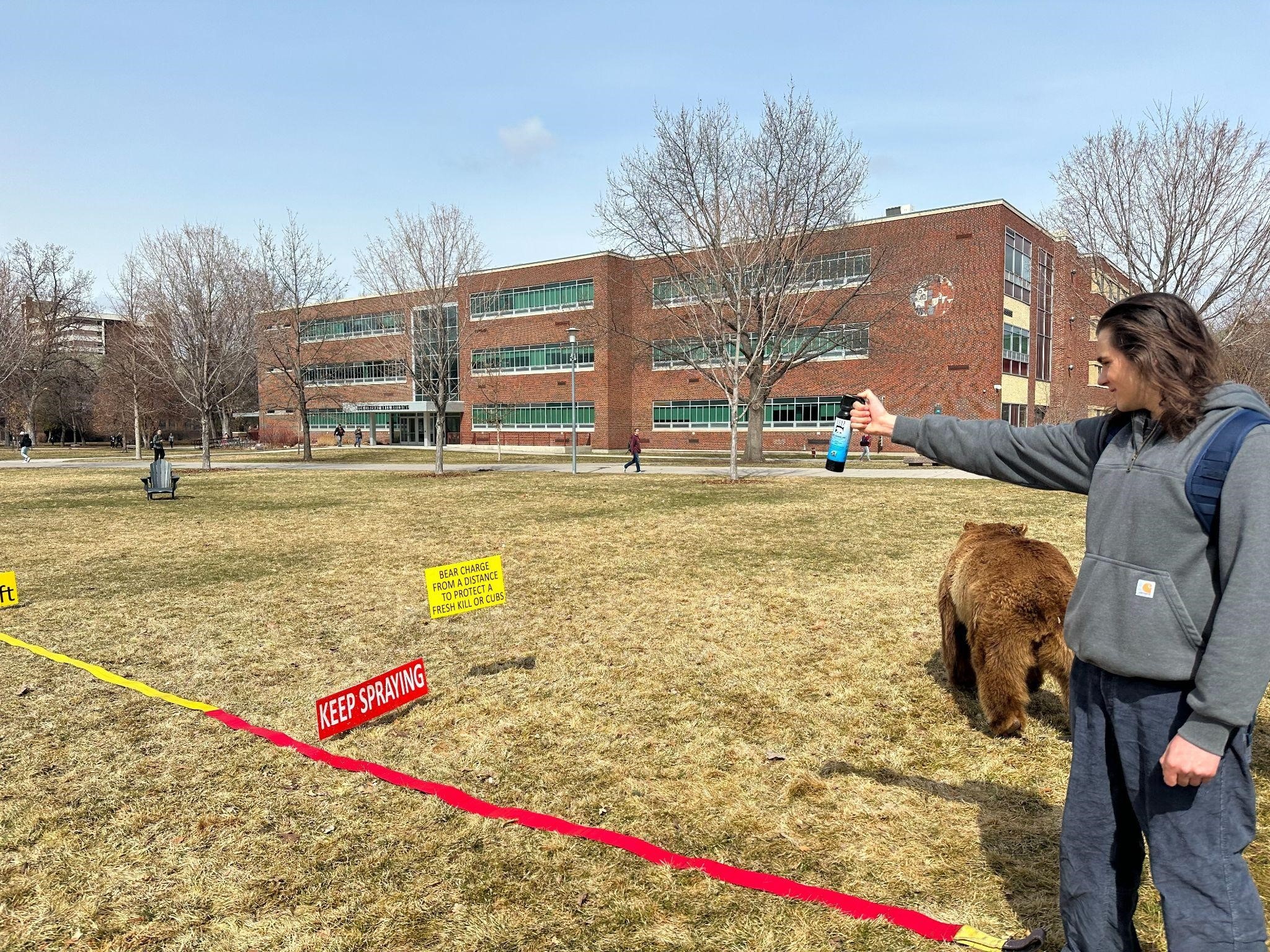
If you don’t have bear spray or in rare instances where the bear spray doesn’t work, you should identify the species and respond to the following guidelines:
- Black bears are more timid and can be scared off. Make yourself as large as possible by lifting your arms and standing on your toes while yelling loudly. If a black bear attacks, you should fight back by kicking and punching.
- Grizzly bears are more likely to be aggressive and you should not fight back. Making yourself small and curling into a ball on your knees demonstrates that you are not threatening them. Protect your neck and head by interlocking your fingers over the back of your neck.
Kailie Blanco recently graduated from University of Montana with a Bachelor of Science in wildlife biology.














